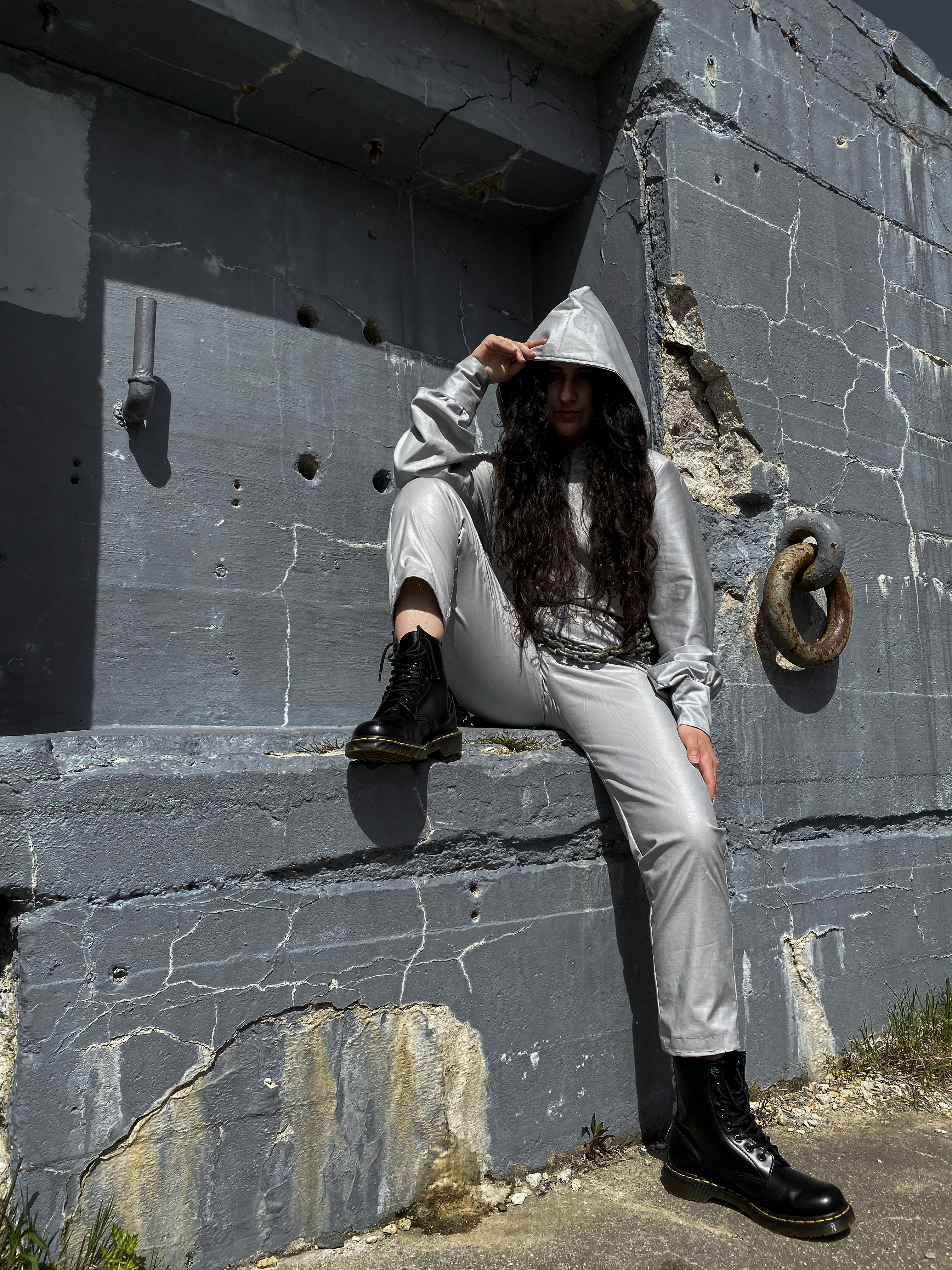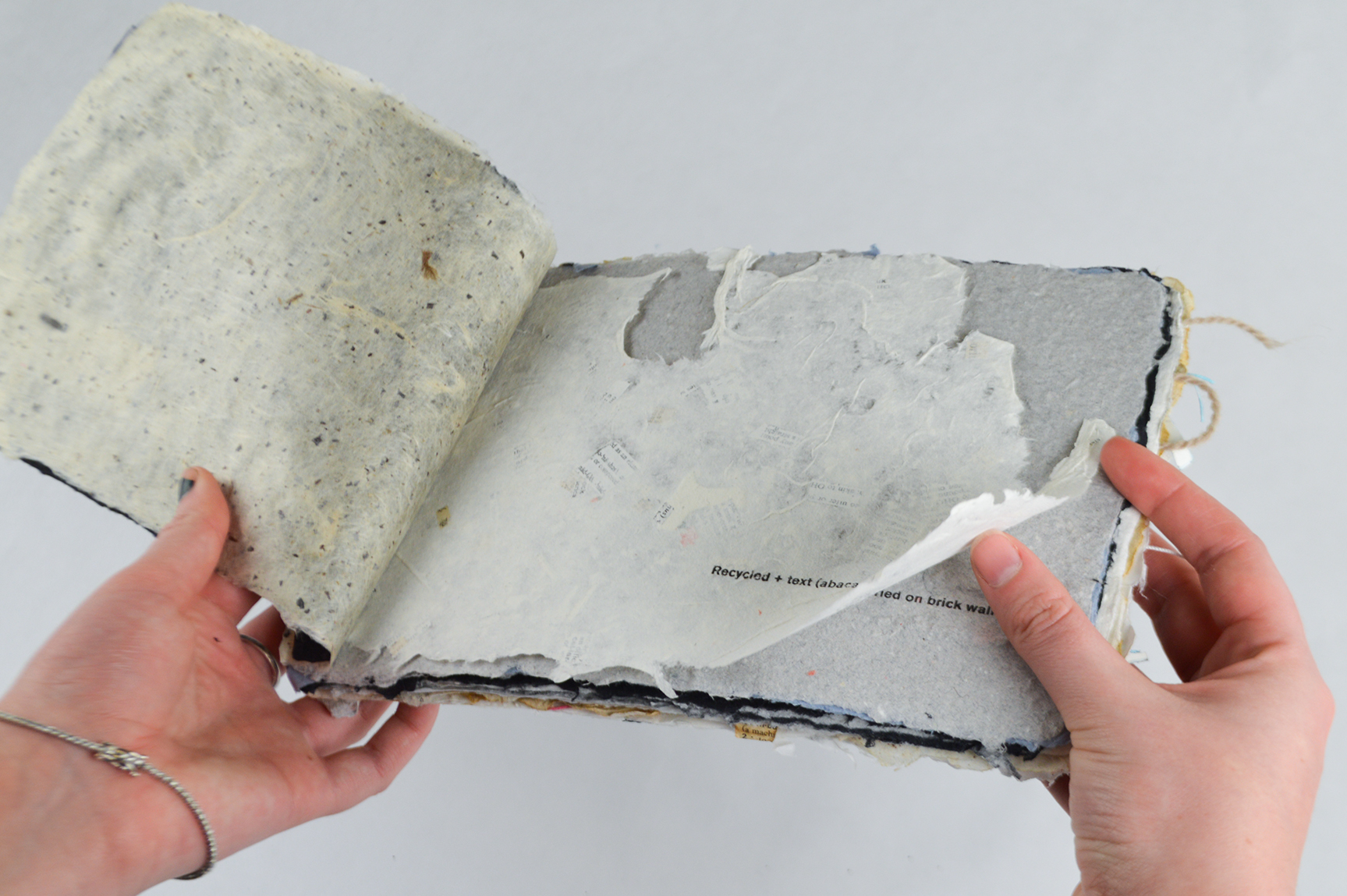RISD Alumni,
BFA Graphic Design 2020
BFA Graphic Design 2020






CYCLICALITY
TYPE OF WORK:
Book Design
DATE:
Spring 2018
DIMENSIONS:
7” x 7”
ADVISED BY:
Richard Rose
TYPE OF WORK:
Book Design
DATE:
Spring 2018
DIMENSIONS:
7” x 7”
ADVISED BY:
Richard Rose
BOOK TITLES BY COLOR:
Red:
The Catcher in the Rye by J. D. Salinger
Purple:
The Library of Babel by Jorge Luis Borges
Orange:
The Myth of Sisyphus by Albert Camus
Red:
The Catcher in the Rye by J. D. Salinger
Purple:
The Library of Babel by Jorge Luis Borges
Orange:
The Myth of Sisyphus by Albert Camus
This series of carousel
books explores the idea of Eternal Recurrence, a theory of the existence of the
universe and the energy that has been recurring, and will continue to recur a
finite number of times across time and space. This idea was introduced by the
philosopher Friedrich Nietzsche. The premise of this theory is the
assumption that the probability of a world coming into existence that is
exactly like ours is greater than zero; if time and space are in fact infinite,
then logically, our existence must recur an infinite number of times across
this universe and every universe there was, is, and could be.
The word cyclicality is used here to denote a cyclical or circular writing or narrative pattern, defined more particularly as chiastic structure. The narrative idea that was introduced in the composition’s beginning is repeated at its conclusion; this idea is paralleled in the ancient Ouroboros symbol—a serpent eating its own tail—an emblem of wholeness or infinity.
The unifying factor of this book series is the cyclical nature of life and the universe, more broadly speaking. The two novels that were used as inspiration for the other two carousel books are Jorge Luis Borges’ The Library of Babel and Albert Camus’ The Myth of Sisyphus. Borges’ short story conceives the universe in the form of an incredibly vast library that contains all possible 410-page books housed in hexagonal galleries. The arrangement of these galleries is always the same: twenty bookshelves, five to each side, line four of the hexagon's six sides; the height of the bookshelves, floor to ceiling, one of the free sides of the hexagons opens into a narrow passage to the next hexagon. Camus’ essay Myth, introduces his philosophy of the absurd and the futility of the meaning, unity and clarity of life. In the final chapter of this essay, Camus parallels his philosophy and idea of the “absurd hero” with Sisyphus, a figure of Greek mythology who was condemned to an eternity of pushing a boulder up a mountain and once he reaches the top, watching it roll back down to the bottom.
These books are hand-cut and bound.
The word cyclicality is used here to denote a cyclical or circular writing or narrative pattern, defined more particularly as chiastic structure. The narrative idea that was introduced in the composition’s beginning is repeated at its conclusion; this idea is paralleled in the ancient Ouroboros symbol—a serpent eating its own tail—an emblem of wholeness or infinity.
The unifying factor of this book series is the cyclical nature of life and the universe, more broadly speaking. The two novels that were used as inspiration for the other two carousel books are Jorge Luis Borges’ The Library of Babel and Albert Camus’ The Myth of Sisyphus. Borges’ short story conceives the universe in the form of an incredibly vast library that contains all possible 410-page books housed in hexagonal galleries. The arrangement of these galleries is always the same: twenty bookshelves, five to each side, line four of the hexagon's six sides; the height of the bookshelves, floor to ceiling, one of the free sides of the hexagons opens into a narrow passage to the next hexagon. Camus’ essay Myth, introduces his philosophy of the absurd and the futility of the meaning, unity and clarity of life. In the final chapter of this essay, Camus parallels his philosophy and idea of the “absurd hero” with Sisyphus, a figure of Greek mythology who was condemned to an eternity of pushing a boulder up a mountain and once he reaches the top, watching it roll back down to the bottom.
These books are hand-cut and bound.












